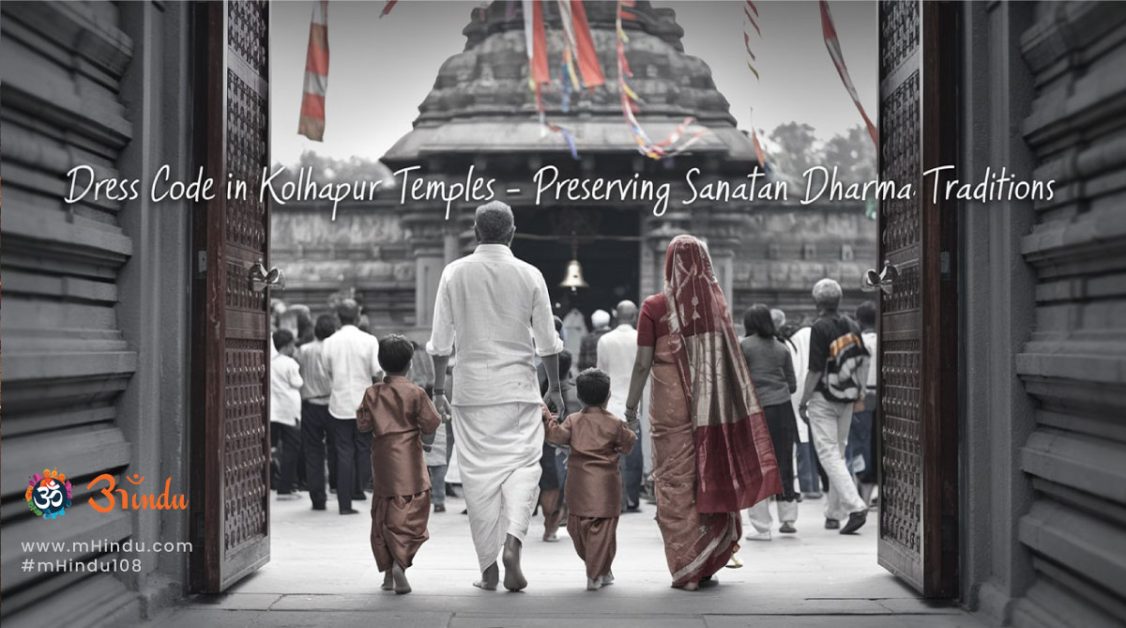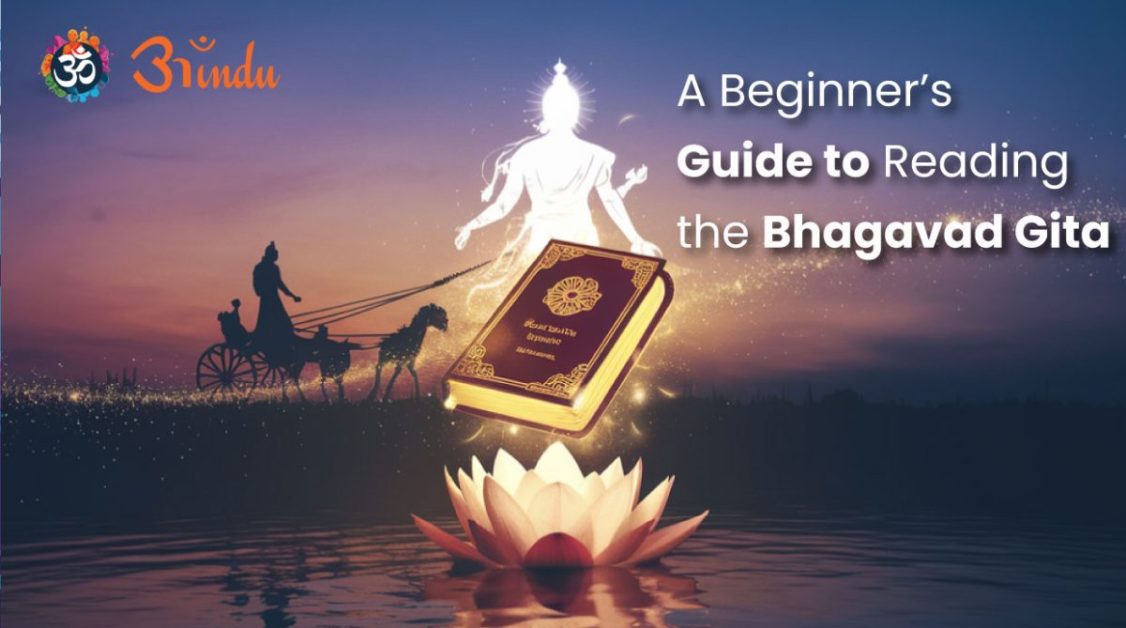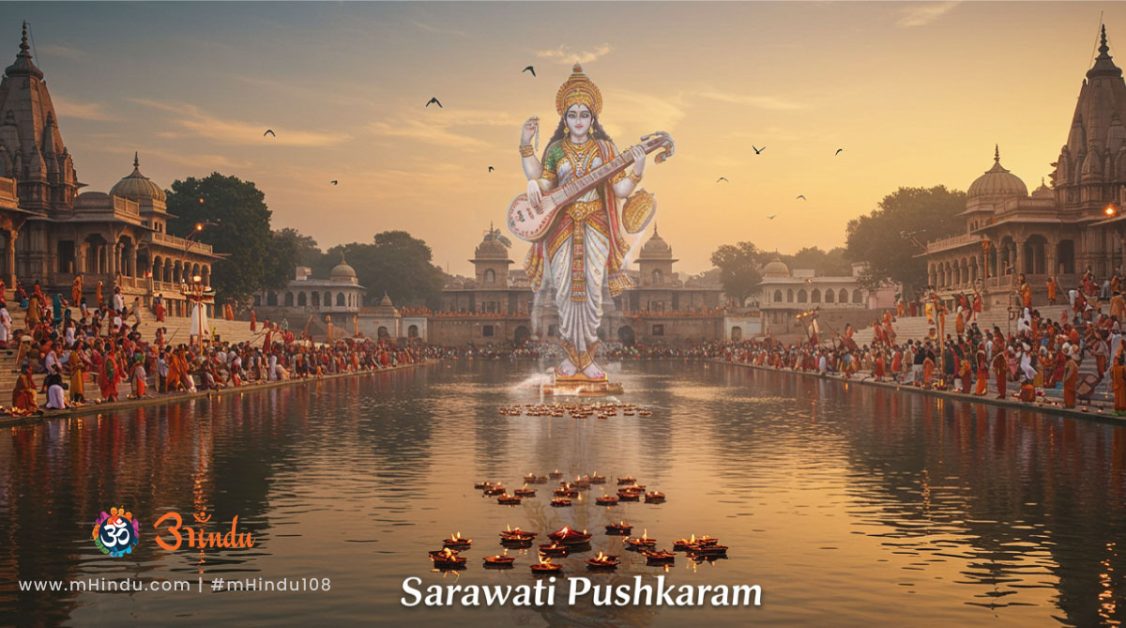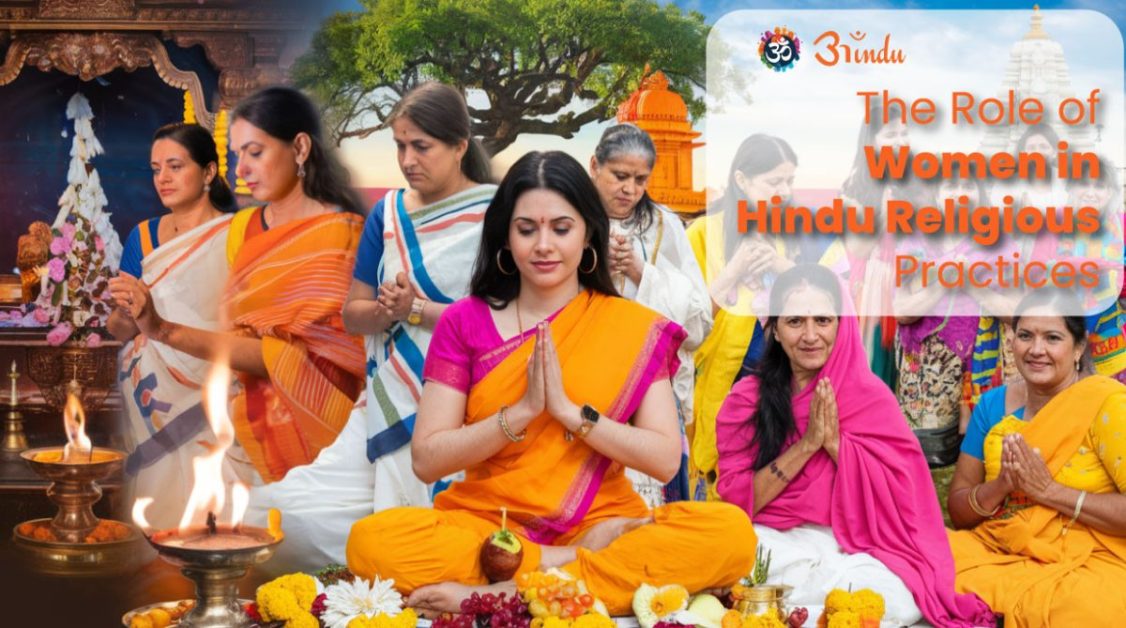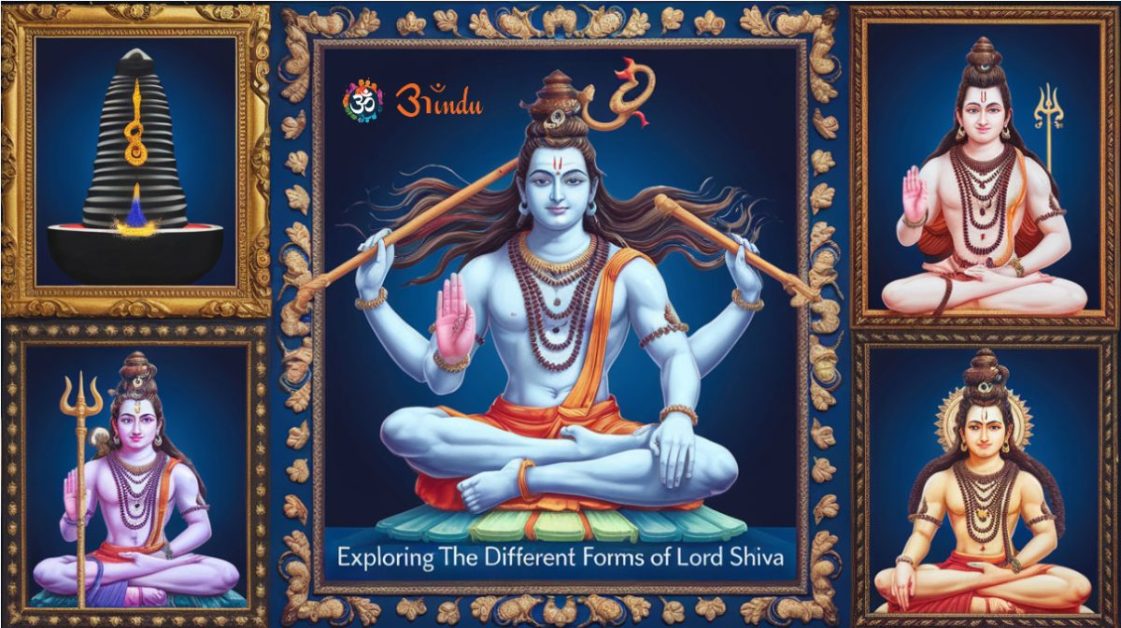
Imagine a deity so multifaceted, so complex, that he embodies both destruction and creation, ferocity and compassion. This is Lord Shiva, one of the principal deities of Hinduism, whose diverse forms and representations offer a rich tapestry of symbolism and spiritual meaning. Forms of Lord Shiva from the tranquil Dakshinamurthy imparting wisdom under the banyan tree to the awe-inspiring Nataraja, the cosmic dancer, Shiva’s manifestations reveal the intricate workings of the universe and the profound depths of the divine. This blog delves into the fascinating world of Shiva’s various forms, exploring their significance and the stories they tell.
Explore Blog Content
ToggleThe Trimurti and Shiva’s Role
In the Hindu pantheon, the Trimurti represents the three primary forces of the universe: Brahma, the creator; Vishnu, the preserver; and Shiva, the destroyer. While destruction might seem negative, it’s essential for renewal and transformation. Shiva’s role is not simply about annihilation but also about dissolving the old to make way for the new. This cyclical process of creation, preservation, and destruction is fundamental to the Hindu understanding of time and existence.
Shiva: Beyond Destruction
While often associated with destruction, Shiva is far more complex. He is the embodiment of cosmic energy, the source of both creation and destruction. He represents the power of transformation, the cycle of life and death, and the ultimate reality that underlies all existence. He is also the patron of arts, yoga, and meditation, representing the pursuit of spiritual knowledge and self-realization. This duality is key to understanding Shiva’s multifaceted nature.
"Where there is Shiva, there is Shakti (divine energy)." - This highlights the interconnectedness of Shiva and his consort, Parvati, representing the balance of masculine and feminine energies.
Different Forms of Lord Shiva
Shiva’s iconography is rich and varied, with each form representing a specific aspect of his divine nature. Here are some of the most prominent forms:
- Lingam: The lingam is a symbolic representation of Shiva’s creative energy and is often the primary object of worship in Shiva temples. It represents the union of the male and female principles, the source of all creation.
- Nataraja: Nataraja, the Lord of Dance, depicts Shiva as the cosmic dancer, his movements symbolizing the dynamic forces of the universe. His dance represents the rhythm of creation and destruction, the interplay of opposing forces.
- Dakshinamurthy: Dakshinamurthy is Shiva in his aspect as the teacher of wisdom. He is depicted seated under a banyan tree, imparting spiritual knowledge to his disciples. This form emphasizes Shiva’s role as a guru and the importance of seeking wisdom.
- Ardhanarishvara: Ardhanarishvara represents the union of Shiva and his consort, Parvati, in a single form, half male and half female. This form symbolizes the unity of opposites, the balance of masculine and feminine energies, and the completeness of the divine.
- Tripurantaka: Tripurantaka is Shiva as the destroyer of the three cities of evil, representing the triumph of good over evil. This form emphasizes Shiva’s power to overcome negativity and restore balance to the universe.
- Bhairava: Bhairava is a fierce and terrifying form of Shiva, representing the destructive aspect of the divine. He is often associated with time and death, reminding us of the impermanence of life.
- Mahadeva: Mahadeva, meaning “Great God,” is a general epithet for Shiva, encompassing all his forms and attributes. It represents his supreme power and his role as the ultimate reality.
- Neelkanth: Neelkanth, the “Blue-Throated One,” refers to Shiva’s act of drinking the poison that emerged during the churning of the cosmic ocean, saving the universe from destruction. This form represents his compassion and his willingness to sacrifice himself for the greater good.
The Symbolism of Shiva’s Iconography
Shiva’s iconography is filled with symbolic meaning. The crescent moon on his head represents control over the mind. The snake around his neck symbolizes the cycle of time. The third eye on his forehead represents wisdom and insight. The ash on his body signifies detachment and renunciation. Understanding these symbols provides deeper insight into Shiva’s nature and his teachings.
Worship of Lord Shiva
Devotees worship Shiva in various ways, including offering prayers, performing rituals, and chanting mantras. The most common form of worship is offering water and bel leaves to the lingam. Devotees also observe fasts and celebrate festivals dedicated to Shiva, such as Maha Shivaratri. These acts of devotion are expressions of love, reverence, and a desire to connect with the divine.
"Shiva is the destroyer of illusions and the revealer of truth." - This quote emphasizes Shiva's role in dispelling ignorance and leading devotees towards spiritual enlightenment.
Shiva’s Influence on Indian Culture
Shiva’s influence extends beyond religious practices and into various aspects of Indian culture. He is a popular subject in art, literature, and dance. His symbolism and stories are woven into the fabric of Indian mythology and folklore. His teachings on yoga and meditation have influenced spiritual practices for centuries. He is a powerful symbol of transformation, resilience, and the eternal cycle of creation and destruction.
Connecting with Shiva: A Personal Journey
For many, connecting with Shiva is a personal journey of self-discovery and spiritual growth. It involves understanding his multifaceted nature, reflecting on his teachings, and cultivating devotion. Whether through prayer, meditation, or simply contemplating his symbolism, connecting with Shiva can bring a sense of peace, strength, and deeper understanding of the universe. It’s a journey of spiritual awakening.
FAQs
- What does the Lingam represent?
The Lingam represents the creative energy of Lord Shiva and is a symbol of divine power and fertility. It’s a representation of the union of masculine and feminine principles. - Who is Parvati?
Parvati is Shiva’s consort, representing divine feminine energy (Shakti). She is the daughter of the Himalayas and is revered as the goddess of power and motherhood. - What is the significance of Maha Shivaratri?
Maha Shivaratri is a major festival dedicated to Lord Shiva. It celebrates the night Shiva performed his cosmic dance (Tandava) and is a night of prayer and fasting. - Why is Shiva called Neelkanth?
Shiva is called Neelkanth because he drank the poison that emerged during the churning of the cosmic ocean, his throat turning blue. This act saved the universe. - What are the benefits of chanting Shiva mantras?
Chanting Shiva mantras is believed to bring peace, prosperity, and spiritual growth. It is a way to connect with Shiva’s energy and receive his blessings. - What is the meaning of Shiva’s third eye?
Shiva’s third eye represents wisdom, insight, and the ability to see beyond the physical world. It symbolizes spiritual awareness and knowledge. - How can I connect with Lord Shiva?
You can connect with Shiva through prayer, meditation, chanting mantras, visiting Shiva temples, and studying scriptures related to him. Devotion and sincere seeking are key. - What is the significance of the Nandi bull?
Nandi is Shiva’s vahana (vehicle) and is a symbol of dharma (righteousness). He represents strength, devotion, and unwavering faith in Shiva.


